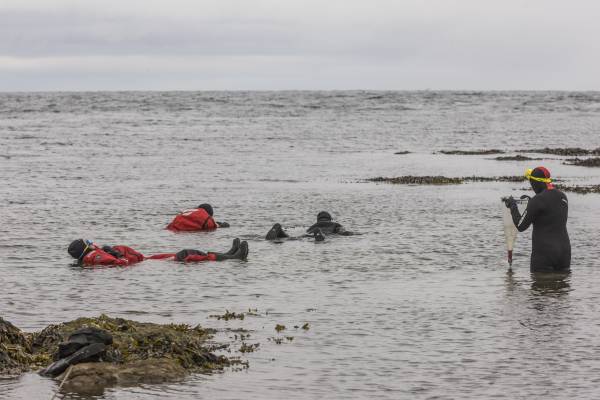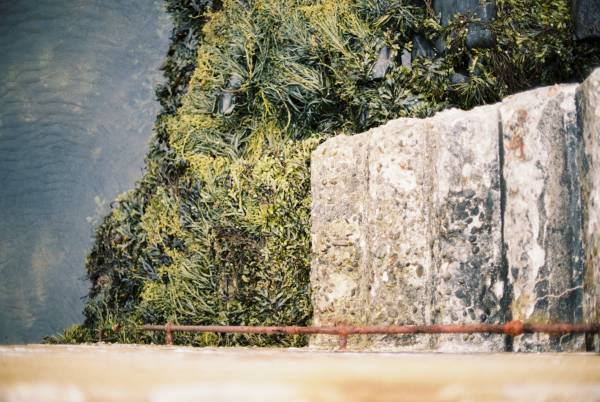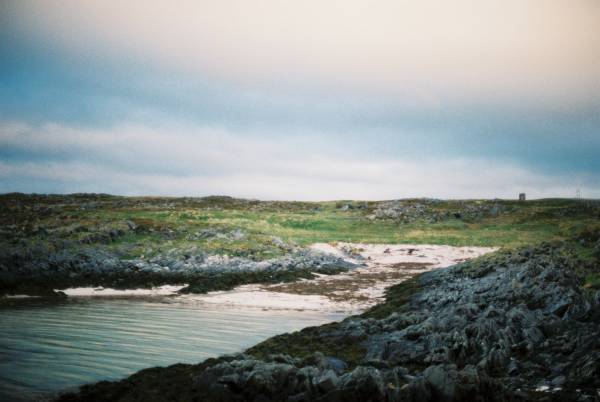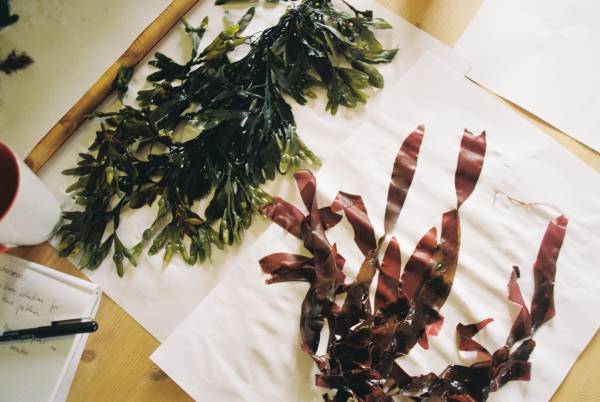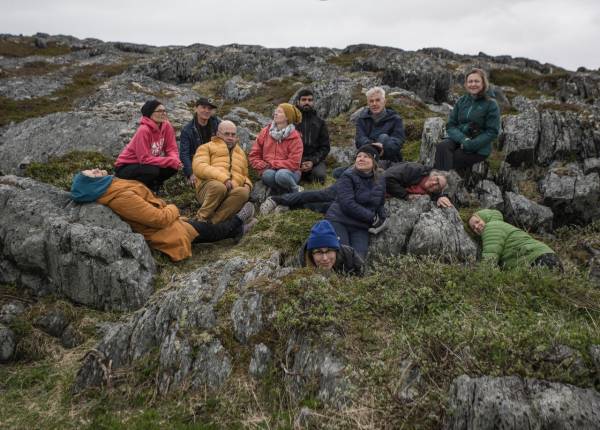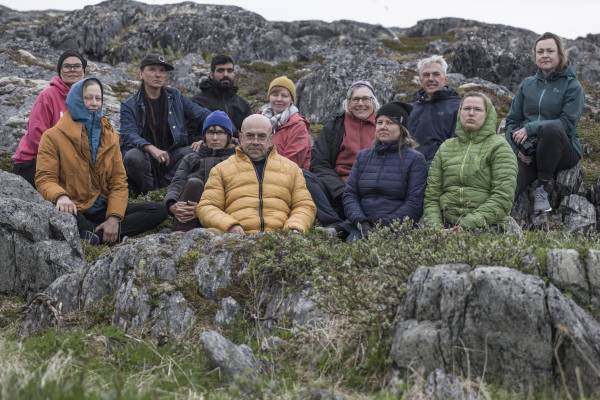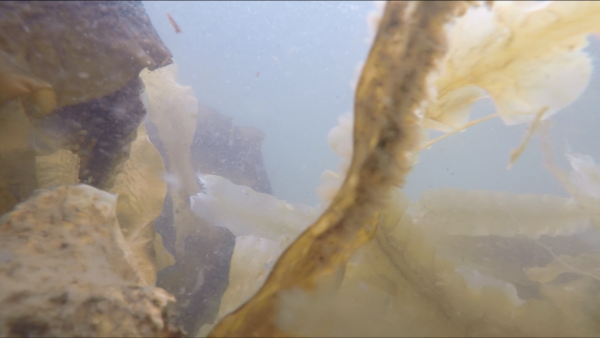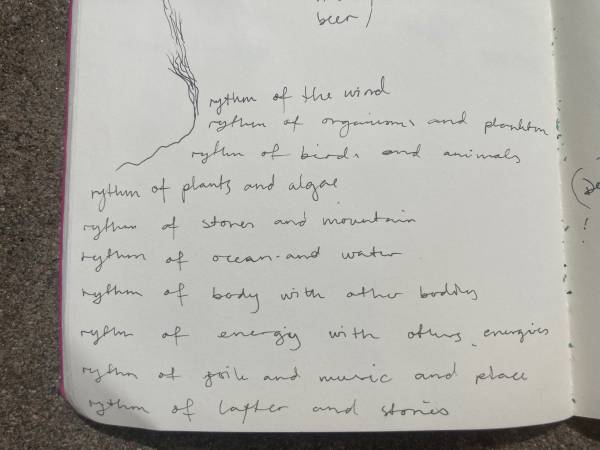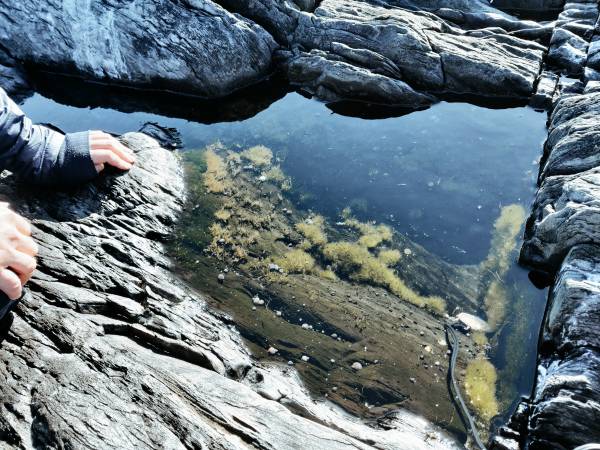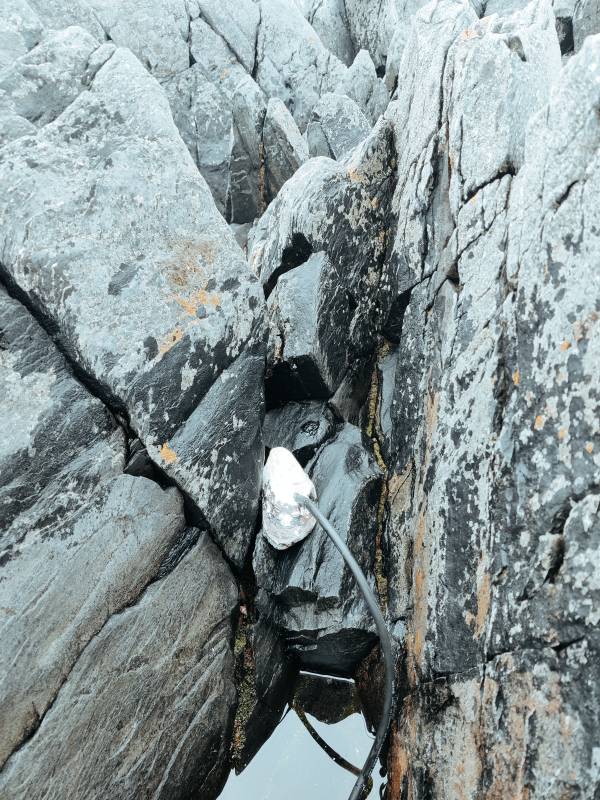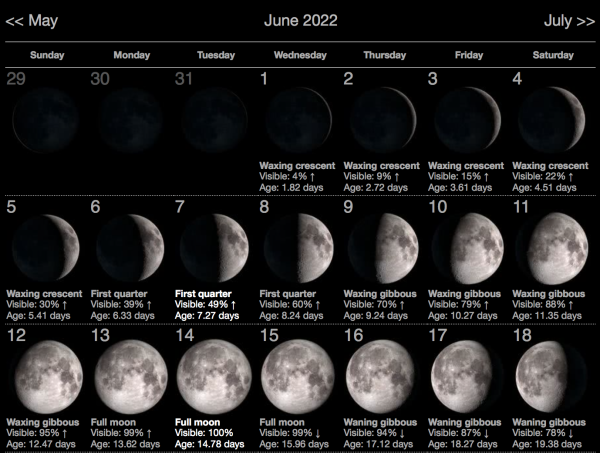Table of Contents
Rhythms, sounds & images
ARm #2
A public art programme at Bekkelaget in September/October 2023. During 2 days around Full Moon the various presentations connected the sensorial with the rhythmic relations of the place.
Lumen Dialogues exhibited by Sakib Saboor
A visit to Bekkelaget Water Treatment Plant and listening to Dråpen, a permanent interactive sound installation by Arne Nordheim
Cleansing and Cleaning; rituals by Robel Temesgen and Margrethe Pettersen
“History of the Tide” by Arjen Mulder
Joik Noir - Find your Voice by Torgeir Vassvik (evening session)
“The Wind and the Trees”, lecture by Arjen Mulder
Eigenfrequency: A reading and listening circle on the seashore by Signe Lidén and Hilde Methi
“An ocean of (im)possibilities: on waves, particles and the interpretational problems of quantum physics” by artist Marte Aas and physicist Anders Kvellestad
Joik Noir - Find your Voice by Torgeir Vassvik (afternoon session)
The Red Tide WORKSHOP by artist Izabela Żółcińska and marine biologist Simon Hasselø Kline
Photos: Michael Miller
Photos 'Lumen Dialogues': Sakib Saboor
ARm in "Electrification, ripples and a glass plate" at Fotogalleriet
The idea behind ARm's Tidal Relief was to display material that stemmed from the ARm's explorations in Slettnes in June, 2022 as a 'group-installation' in an exhibition context. Marielle van Dop, Miriam Jakob, Peeter Laurits, Margrethe Pettersen, Ina Otzko, Sakib Saboor, Torgeir Vassvik, Izabela Żółcińska, Marte Aas, Arjen Mulder and Signe Lidén contributed materials or artworks.
Above: Two drawings mounted on a juniper branch, A3 format, hand-dyed silk from mushroom water embroidered on paper and a poem written at Slettnes mounted on a spiked juniper branch, by Margrethe Pettersen.
Under: Wave machine by Marte Aas: three Sony monitors, super-8mm film transferred to HD video.
Above: The Breathing Diary by Izabela Żółcińska: drawing on wall and window, graphs from breath sensor and hand-drawn illustration, 770 x 57 cm. The artist recorded the diary's breathing data under the Academy of Rhythmorphology #1 at Slettnes, 71°05' N 28°13' E. The work includes the breathing parameters of Izabela Żółcińska and Miriam Jakob, in addition to information about the tide levels recorded by the Kartvesenet (mapping authority) in the same period. The graph shows the air the artist inhaled and exhaled during one hour. Made in collaboration with Sagar Sen, senior researcher, Sintef.
Above and Below: Posters by Peeter Laurits, including ARm #1 group photo and documentation of activities.

Photographies taken under Arm #1 has also manifested in several of Laurits´ exhibitions and works.
Below (left) 'Poster' by Laurits and (right): How’s Your Heart? by Ina Otzko, framed polaroid. The photograph shows the light from the moon moving through a fall due to the strength of the wind and intense storm. The photo was captured as part of a series over three days during the year's first full moon.
Above: Eight analogue photographs, 20 x 13 cm, from Slettnes, mounted on aluminum and presented on 3 shelves, by Sakib Saboor.
Below: Headphones with sound, by Miram Jacob, Phantasmagorical Breathscapes. On a journey in an imaginary landscape, the rhythm of the breath meets elemental forces such as gravity, the rhythmic pull of the tide, and our deep attraction to the earth. Based on Ilse Middendorf's instructional work, the sensible breathing method operates on the threshold between conscious and unconscious breathing. One of the technique's main principles is to let the breath come and go by itself. The method has no compulsion, and the breath is never controlled. Field recording, music, and sound design by Felix Claßen at Osthafen Studio Berlin. Listen to the breathscape here:
Two loudspeakers, newly composed music by Torgeir Vassvik The sound is played on a portable monotribe analog ribbon station the musician discovered during ARm #1. The production relates to the movement of the tide at Slettnes throughout the exhibition period from 27 September to 12 November 2023. The eight tracks are played as six sets in random order with a sound volume that rises and falls in line with the fluctuations between high and low tide in Gamvik in this period. Production: Neal Cahoon.
Above: Still from video with recording of kelp movement in water in Slettnes by Marielle van Dop.
Below: One of three finger kelp- speaker playing out sound recordings from snails, elbow scales and other life in tidal ponds, by Signe Lidén and detail of Izabela Żółcińska´s The Breathing Diary.
Above: The Breathing Diary, full lenght. Below: The Breathing Diary, where the “breathing conversations” between Miriam Jakob and Izabela Żółcińska and the tide are mapped.
Photo credit: Rolf Larsen, except from documentation of Wave machine by Marte Aas where the artist is to be credited. Izabela Żółcińska is to be credited for the two last images of her work.
Tidal Relief was presented along individual works by Bente Geving, Anne Lindgaard Møller, Moten Torgersrud and Ellisif Wessel in the exhibition called Electrification, ripples and a glass plate curated by Hilde Methi at Fotogalleriet, Oslo, 27.09 -12.11.2023.
ARm #1
The place: Slettnes Fyr, Gamvik, Sápmi
Hilde Mehti with teodolitt. Photo: Signe Lidén
 Looking through Methis teodolitt
Looking through Methis teodolitt
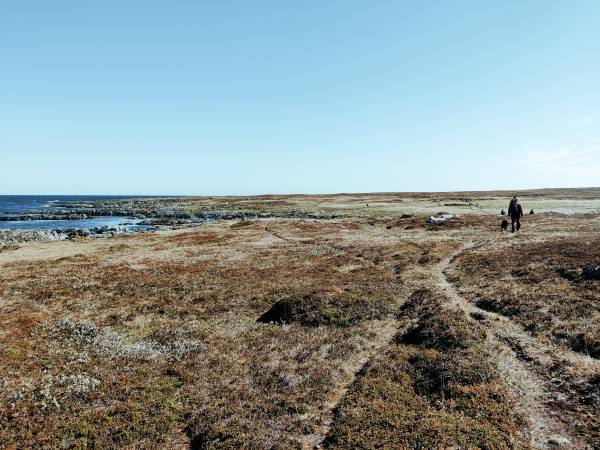 Photo: Signe Lidén
Photo: Signe Lidén
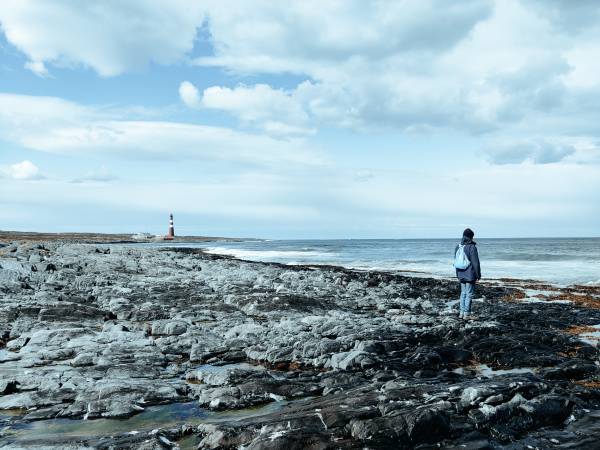 Photo: Signe Lidén
Photo: Signe Lidén
 Photo: Signe Lidén
Photo: Signe Lidén
Stills underwater video by Margrethe Pettersen
On the red algea by Izabela Zolcinska
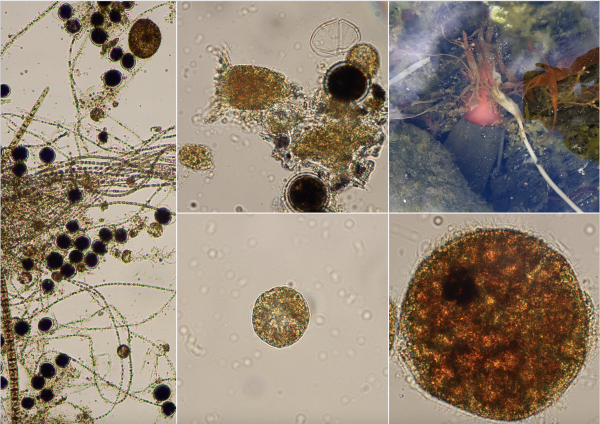 Microscopic images of RED TIDE water samples that Izabela Zolcinska collected during ARM#1
Microscopic images of RED TIDE water samples that Izabela Zolcinska collected during ARM#1
watch RED TIDE WATER SAMPLE VIDEO by Izabela Zolcinska
“The water samples I have collected from the pond in coastal rocks in a high tidal/ spray zone reveal the presence of microalgae that contain reddish pigment colouring water as a cause of their bloom and high density. Such behaviour is recognizable in many places and is interesting from the local/global perspective. It is directing me towards the “red tide” notion, colloquially used as a term for “harmful algal bloom” (HABs) in narration, evoking fear towards these beings. HABs are caused by certain species containing pigments that vary in colour from green to brown to red. Sometimes there is no colour indication. Of the 5000+ species of marine phytoplankton that exist worldwide, about 2% are known to be harmful or toxic. .3 Additionally, red tides are not typically associated with the tidal movement of water. I see this as a starting point for my narration. The phenomenon of red tide has been observed since ancient times. It has also currently a stigma status. ”
Collective recordings
Underwater recordings from the different tidal pools. All recordings is mixed into one file. The first part of the recording is from one deep pool (ca 1 m) with one hydrophone, first at high tide, later at low tide.
Making tidal microphones
Lunar calendar:
Tidal pool recording, Halsnøy 2020





































